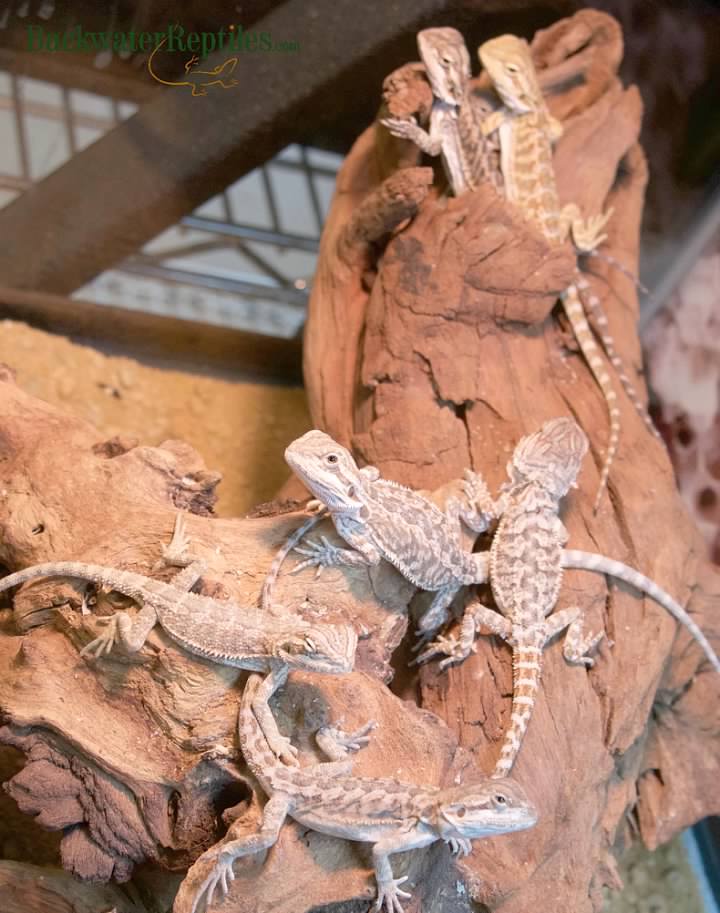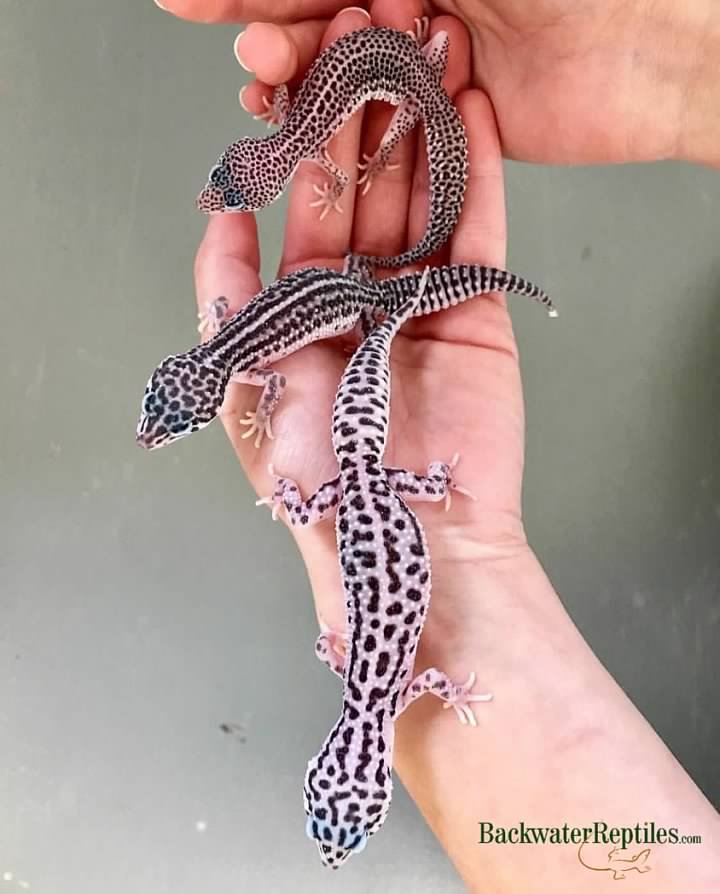Is it safe to have multiple reptiles living together? This is a common question among reptile owners.Some may even consider housing different species together. But is this a good idea and can it be done safely? In this article, we will discuss the topic of reptile cohabitation and provide guidelines for keeping your pets safe whether they live together or separately.

Which species can live communally?
Most reptiles are solitary creatures and do not require companionship to thrive. However, some species can be housed together without any issues. These include young bearded dragons, certain species of snakes such as garters and rattlesnakes, monkey-tail skinks, shingleback skinks, some tortoise species, and many aquatic turtles like sliders and cooters.
Can different species live together?
While it is not recommended to house different reptile species together in one enclosure, it can be done with caution. It is a controversial topic in the herpetology world and shoudl only be attempted by experienced owners.One example of accomplished cohabitation is aquatic turtles living together in the wild. However, it is vital to replicate their natural habitat carefully.

How do I know if my reptiles can live together?
Before housing multiple reptiles together, thorough research should be done to ensure their safety and well-being. Some factors to consider include:
- Space: Each animal should have enough room to feel safe and have places to hide and regulate their body temperature without competing with others.
- Habitat requirements: The temperature,humidity levels,and substrate should be suitable for all the animals in the enclosure.Mixing species with different needs can lead to stress and health issues.
- Aggression: Some reptiles, especially males, can be aggressive towards others. it is indeed critically important to know the behavior of each species before attempting cohabitation.
- Food availability: Make sure there is enough food for all the animals in the enclosure. Underfed reptiles are more likely to become aggressive or cannibalize other animals.

Tips for successful cohabitation
to ensure a safe and harmonious living environment for your reptiles, here are some tips to keep in mind:
- Monitor your animals closely: Keep a close eye on your reptiles when they first start living together. This will allow you to intervene if any aggression occurs and observe their feeding habits.
- Be prepared for adjustments: Even with thorough research and experience,it is always wise to have a backup plan in case things don’t go as planned. Have a separate enclosure ready in case you need to separate your pets.
- Introduce in a neutral space: When introducing new animals to an enclosure, it is indeed best to do so in a neutral space first. This allows them to get used to each other before being placed in the same habitat.
- Know the gender of your reptiles: Some species may only be aggressive towards members of the same sex. It is important to know the gender of your reptiles and avoid potential conflicts.
- Avoid mixing different-sized animals: Even if they are both herbivores, larger reptiles can become aggressive towards smaller ones.It is


As long as you provide the proper care and environment for each reptile, they can coexist peacefully.